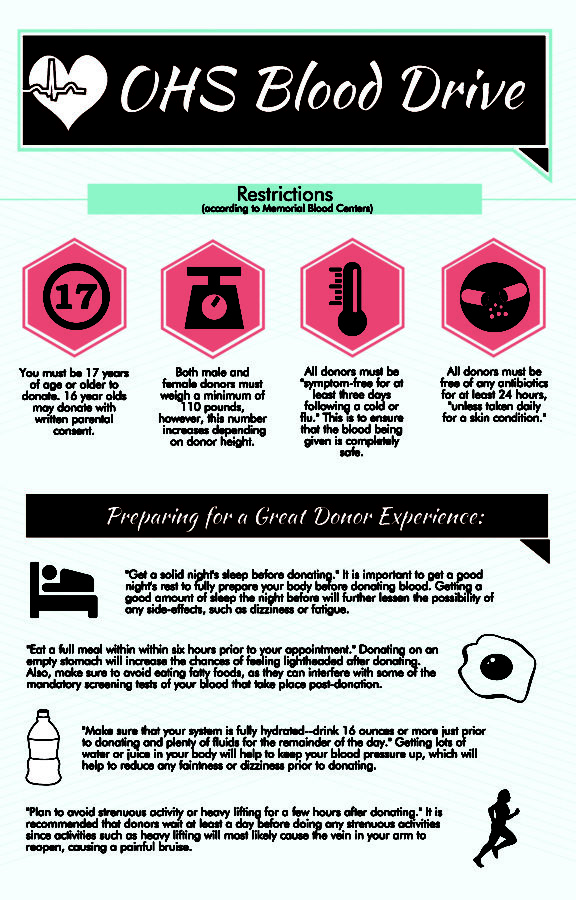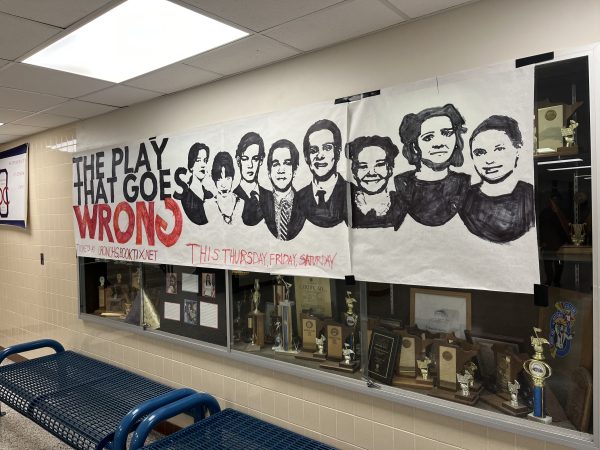Give the gift that costs nothing to give
March 17, 2014
Accidents occur 24-7 and the demand for blood is constant, however the supply is not.
One in every three people will need a blood transfusion within their lifetime. With those odds, every person could be either personally affected or know somebody who is personally affected by blood donations.
“There’s a direct correlation where if you give blood, you’re saving lives. There are no ‘ifs’ or ‘buts,’” social studies teacher Doug Erickson said.
According to Erickson, OHS started hosting blood drives in 1995 to allow students an opportunity to help save lives and give back to those in need. This upcoming blood drive will mark the twentieth in Orono’s history.
“It’s pretty common for schools to host blood drives,” Erickson said. “For most years, Orono has had the highest percent of units [pints] given.”
Despite a low of 60 units donated this last fall, Orono averages around 90 donated units per drive. With two drives a year, Orono is often able to produce 180 units annually.
According to the Memorial Blood Center, just one donation can produce one pint of blood, which is enough to save three lives.
On average, the student body saves up to 270 lives per blood drive and 540 lives a year.
There are a number of students, such as senior Maddie Parrott, who realize the never-ending need for blood donations and make an effort to donate at all of the school’s blood drives.
“I would definitely give blood again because I know I am able to help people easily and truly save lives,” Parrott said.
Parrott is currently in charge of coordinating all of Orono’s blood drives.
“This blood drive especially, I want students to know how easy it is to donate blood. It takes about 20 minutes total and you are able to still play sports or take tests the same day without any difficulty,” Parrott said.
While some students are skeptical about whether or not they will be able to participate in after-school activities after donating, the effects of giving blood have been exaggerated.
“At first I was concerned about how long it would take to recover but it only took about five minutes to get back on my feet,” junior Jack Koch said.
Students should know the requirements and restrictions before they try to donate blood.
Height and weight play a large role in a person’s ability to donate blood.
For junior Lindsey Case, that requirement has been an obstacle that she cannot overcome.
“I wish I could donate blood. Any opportunity to give back, and potentially save someone’s life, is such a unique thing. However, I can’t give blood because I don’t weigh enough,” Case said.
For students looking to help save lives, the upcoming drive will be held on Wednesday, March 5 from 8:00am-2:00pm. Students are encouraged to sign up in the cafeteria during their lunch hours.
“The number one reason blood donors say they give is ‘to help others.’ The main reason others offer for not donating is because they have never been asked,” according to Memorial Blood Centers.











